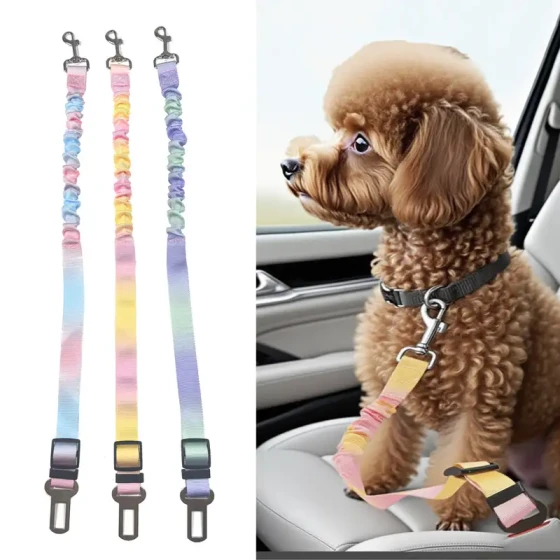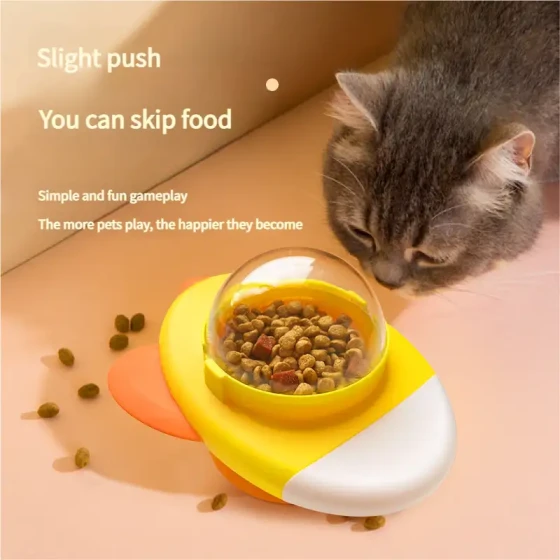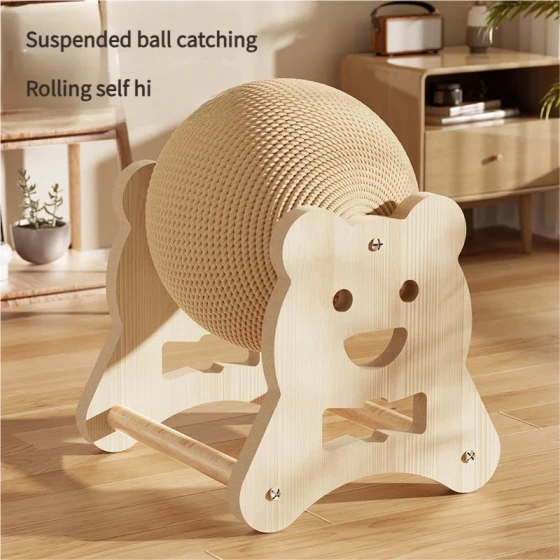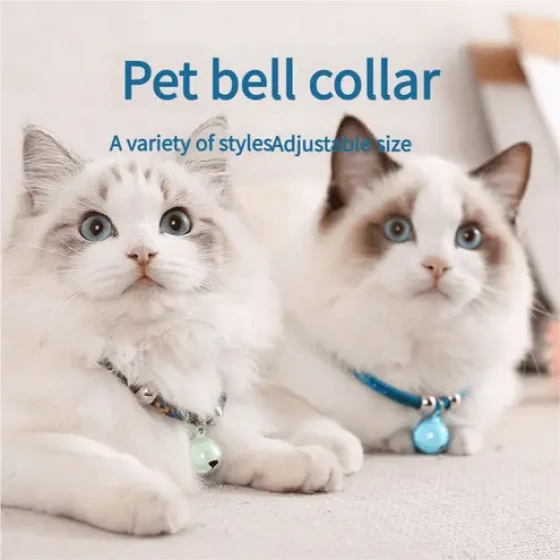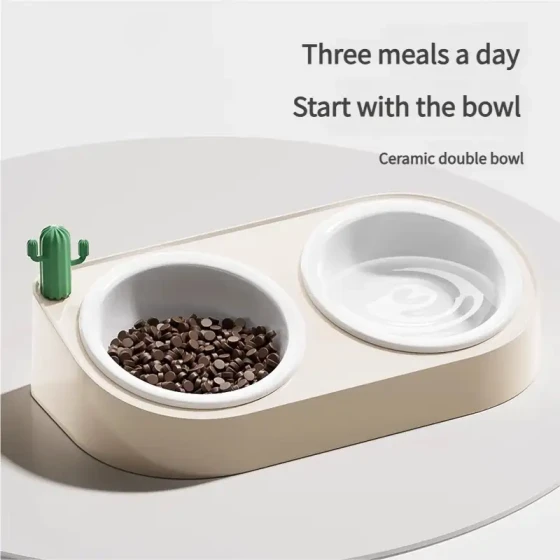Eating Animal Liver with Carrots Easily Causes Rickets?
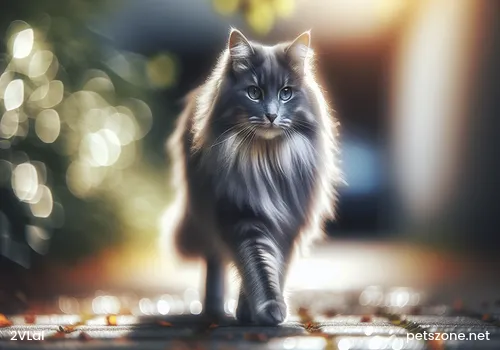
Persian Cat
According to research, the correct calcium to phosphorus ratio in cat food is approximately 1:1, while liver contains less calcium and more phosphorus. In fresh liver, the calcium to phosphorus ratio reaches 1:36. If a cat consumes liver for a long time, it will lead to calcium deficiency. External manifestations of calcium deficiency include: 1. Weakened stomach function, loss of appetite, and gradual weight loss. 2. No longer lively and jumpy, fear of heights, unwillingness to jump down from high places. Severely calcium-deficient young cats may have a sunken waist and shoulders and a narrow pelvis, leading to constipation. In cold seasons, young cats are also prone to hind limb weakness, and severe cases may result in paralysis. This is what we commonly call rickets.
Liver itself contains a large amount of vitamin A, and carrots contain beta-carotene. One molecule of beta-carotene can be broken down into two molecules of vitamin A in cats. If cats are fed liver and carrots for a long time, their vitamin A levels become severely excessive, making them prone to vitamin A toxicity.
If your beloved cat already loves liver, you can mix new cat food and liver over about 10 days. Gradually increase the proportion of new food daily while reducing the amount of liver until the cat fully adapts to the new food. (Source:PetsZone)
